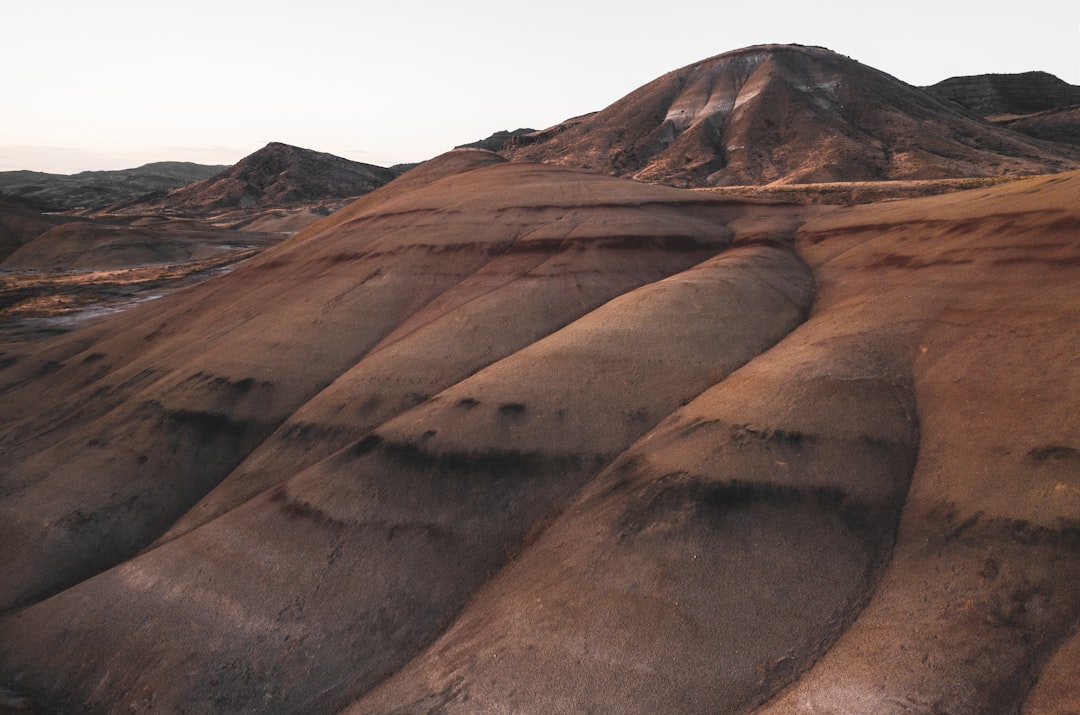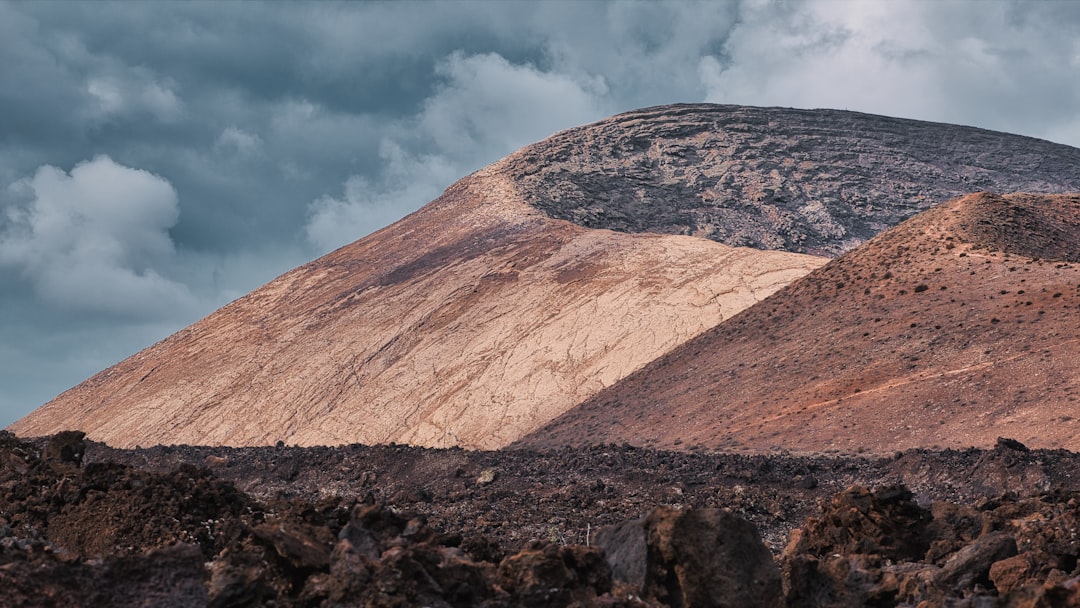What is it about?
Moderate-to-large damaging earthquakes in the peninsular part of the Indian plate do not support the longstanding belief of the seismic stability of this region. The historical record shows that about 15 damaging earthquakes with magnitudes from 5.5 to ~8.0 occurred in the Indian peninsula. Most of these events were associated with the old rift systems. Our analysis of the 2001 Bhuj earthquake and its 12-year aftershock sequence indicates a seismic zone bound by two linear trends (NNW and NNE) that intersect an E–W-trending graben. The Bouguer gravity values near the epicentre of the Bhuj earthquake are relatively low (~2 mgal). The gravity anomaly maps, the distribution of earthquake epicentres, and the crustal strain-rate patterns indicate that the 2001 Bhuj earthquake occurred along a fault within strain-hardened mid-crustal rocks. The collision resistance between the Indian plate and the Eurasian plate along the Himalayas and anticlockwise rotation of the Indian plate provide the far-field stresses that concentrate within a fault-bounded block close to the western margin of the Indian plate and is periodically released during earthquakes, such as the 2001 MW 7.7 Bhuj earthquake. We propose that the moderate-to-large magnitude earthquakes in the deeper crust in this area occur along faults associated with old rift systems that are reactivated in a strain-hardened environment.
Featured Image
Why is it important?
A strain-hardening model for deep-seated earthquakes in a stable continental interior (Bhuj area) is proposed.
Read the Original
This page is a summary of: Occurrences of large-magnitude earthquakes in the Kachchh region, Gujarat, western India: Tectonic implications, Tectonophysics, June 2016, Elsevier,
DOI: 10.1016/j.tecto.2016.04.044.
You can read the full text:
Contributors
The following have contributed to this page










